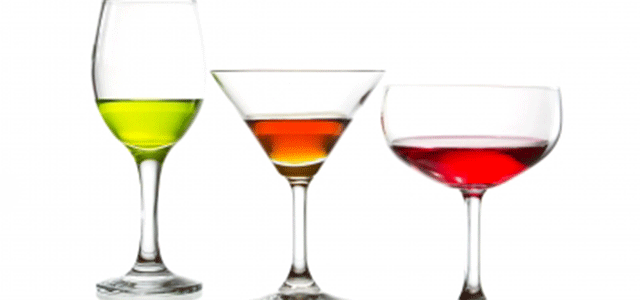Alcohol Addiction
July 1, 2010

The use of alcohol as a drug is ageless. In its various forms, alcohol has been part of most cultures since they began. Fermented drinks come from nearly every fruit, vegetable and grain available. It is easy to assume that the tendency to escape from reality rather than confront and solve problems is part of the human condition.
Our European roots view alcohol as a normal part of life, to be used by almost everyone at nearly all social events. The legal age for beer consumption in Denmark is 15, while the French and Italians allow toddlers to sip their parents’ intoxicants.
Because of the religious foundations in our history, we have had a love/hate relationship with alcoholic beverages that has polarised our culture. Some of us view alcohol as an acceptable part of life while others abstain and are critical of its use. When America blamed alcohol for the sins of society and attempted to make it illegal, they discovered that conditions worsened when it was forbidden.
Today, alcohol accounts for more direct and related ills and deaths than any other drug or activity, yet more money is spent on alcohol promotion than any other product.
Chemically, there are different forms of alcohol that can be used as cleaners or solvents, but ethanol, or grain alcohol, is the form that is consumed in alcoholic beverages and is not as poisonous as the others. Ethanol is created when grains, fruit or vegetables are fermented, a process that changes sugars into alcohol. When alcohol is absorbed into the bloodstream, it affects the central nervous system (brain and spinal cord) as a sedative, which blocks or changes the perceptions, emotions, movements, vision and hearing.
Addiction
Alcohol is both physically and mentally addictive, a condition we call alcoholism, and the addict himself we call an alcoholic. How likely is it that a person will become an alcoholic? The more one consumes and the younger one starts, the more likely it is that they will become addicted. More than 40 per cent of those who begin drinking before the age of 15 eventually become alcoholics.
There are four common symptoms of alcoholism:
- Craving: A strong need or compulsion to drink;
- Loss of control: The inability to limit one’s drinking on any given occasion;
- Physical dependence: Withdrawal symptoms, such as nausea, sweating, shakiness and anxiety that occur when alcohol consumption is stopped after a period of heavy drinking;
- Tolerance: The need to drink greater amounts of alcohol to get a “high.”
The deadlier drug
In 2007, the per capita consumption of alcohol for Australians aged over 15 years was nearly 10 litres. This is high by world standards. 90 per cent of Australians aged over 14 in 2007 had consumed alcohol in their lifetime (an estimated 14.2 million people), 40 per cent drank alcohol weekly and eight per cent drank daily.
New Zealand doesn’t fare better. A key finding of the nation’s 2004 alcohol use survey was that a significantly higher proportion of those aged 18 to 24 years consumed large amounts of alcohol on a typical drinking occasion and on a per week basis than any other age group who reported drinking in the last 12 months. One in two young people aged 18 to 24 reported consuming large amounts of alcohol on a typical drinking occasion (the highest proportion of any age group).
Road trauma is the leading cause of death among young Australians, and between a quarter and a third of fatal crashes on Australia’s roads involve drivers or riders with blood alcohol levels above the legal limit.
Mixing alcohol and medications can create an increased risk of overdosing, fainting, changes in blood pressure, breathing difficulties, liver damage, stomach bleeding, blood clots, strokes, elevated blood pressure, heart attacks, increased risk of seizures and even death.
The poisonous nature of alcohol poses serious dangers for abuse and dependence and, yet, as a culture we collectively condone and support socalled acceptable forms of drinking and allow the alcohol industry to promote and lead youth into believing that one must drink in order to have fun.
As a society, while we may have matured in our responsibility of not allowing those who drink and drive to freely endanger others, we are still remiss in our failure to teach that alcohol is just another drug that will ruin lives as quickly and permanently as other drugs. We are responsible for getting a new message of truth about alcohol into our vernacular.









